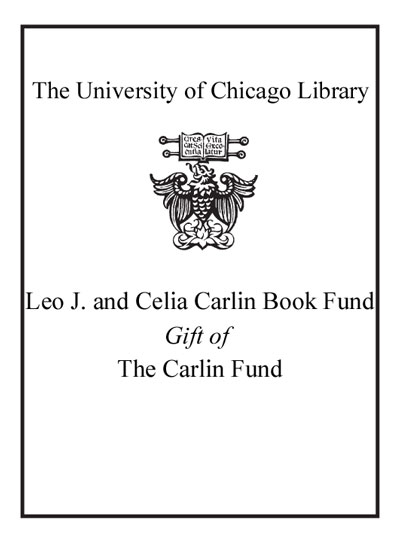Internet, phone, mail, and mixed-mode surveys : the tailored design method /
Saved in:
| Author / Creator: | Dillman, Don A., 1941- author. |
|---|---|
| Uniform title: | Internet, mail, and mixed-mode surveys |
| Edition: | Fourth edition. |
| Imprint: | Hoboken, New Jersey : Wiley, [2014] |
| Description: | 1 online resource. |
| Language: | English |
| Subject: | |
| Format: | E-Resource Book |
| URL for this record: | http://pi.lib.uchicago.edu/1001/cat/bib/10115627 |
Table of Contents:
- Machine generated contents note: Preface Chapter 1: Sample surveys in our electronic world Four cornerstones of quality surveys What is different about surveying in the 2010s? Why emphasize mixed-mode data collection? What is tailored design and why it is needed? Conclusion Chapter 2: Reducing people's reluctance to respond to surveys Example of a survey with a high response rate Using social exchange concepts to motivate potential respondents Putting the parts together: some guidelines for applying social exchange Mixed-mode designs provide new opportunities for applying social exchange Returning to the WSU doctoral student experience survey: Why it obtained such a high response rate Conclusion List of guidelines Chapter 3: Covering the population and selecting who to survey Essential definitions and their use Current coverage and access considerations Common sampling frames and assessing how well they cover the population Probability sampling Post-survey adjustments and calculating sampling error Nonprobability sampling Conclusion Chapter 4: The fundamentals of writing questions Issues to consider when starting to craft survey questions The anatomy of a survey question and types of question formats Guidelines for choosing words and forming questions Conclusion List of guidelines Chapter 5: How to write open and closed ended questions Guidelines for writing open-ended questions General guidelines for writing all types of closed-ended questions Guidelines for nominal closed-ended questions Guidelines for ordinal closed-ended questions Conclusion List of guidelines Chapter 6: Aural versus visual design of questions and questionnaires The importance of visual design in self-administered surveys Visual design concepts and their application to surveys General guidelines for the visual presentation of survey questions Guidelines for the visual presentation of open-ended questions Guidelines for the visual presentation of closed-ended questions Guidelines for the visual presentation of questionnaire pages or screens A case study: the use of visual design principles to improve data quality in the American Community Survey Conclusion List of guidelines Chapter 7: Ordering questions and testing for question order effects Question order Testing questions and questionnaires Conclusion List of guidelines Chapter 8: Telephone questionnaires and implementation Types of telephone only surveys today Guidelines for designing telephone questionnaires Guidelines for administering telephone questionnaires Guidelines for establishing calling rules and procedures Quality control and testing guidelines for telephone surveys Conclusion List of guidelines Chapter 9: Web questionnaires and implementation Guidelines for designing web and mobile questionnaires Guidelines for web and mobile survey implementation Quality control and testing guidelines for web surveys Conclusion List of guidelines Chapter 10: Mail questionnaires and implementation Guidelines for designing paper questionnaires Guidelines for implementing mail questionnaires Quality control and testing guidelines for mail-only surveys Conclusion List of guidelines Chapter 11: Mixed-mode questionnaires and survey implementation When single-mode surveys are not acceptable Why consider a mixed-mode survey design Guidelines for designing questionnaires that will minimize measurement differences across survey modes Expanding the research base for designing mixed-mode surveys Guidelines for using multiple contact modes to achieve more effective communication with potential respondents Guidelines for providing alternative response modes From individual guidelines to practical study designs Guidelines for testing mixed-mode surveys Conclusion List of guidelines Chapter 12: Responding to societal change and preparing for what lies ahead Panels and longitudinal surveys Nonprobability surveys New mobile devices and technology Supplementing questionnaires with measurement using electronic devices Big data and administrative records Data security Specialized purpose surveys International and cross-cultural surveys The challenge of connecting with empowered but diverse respondents References Index .

